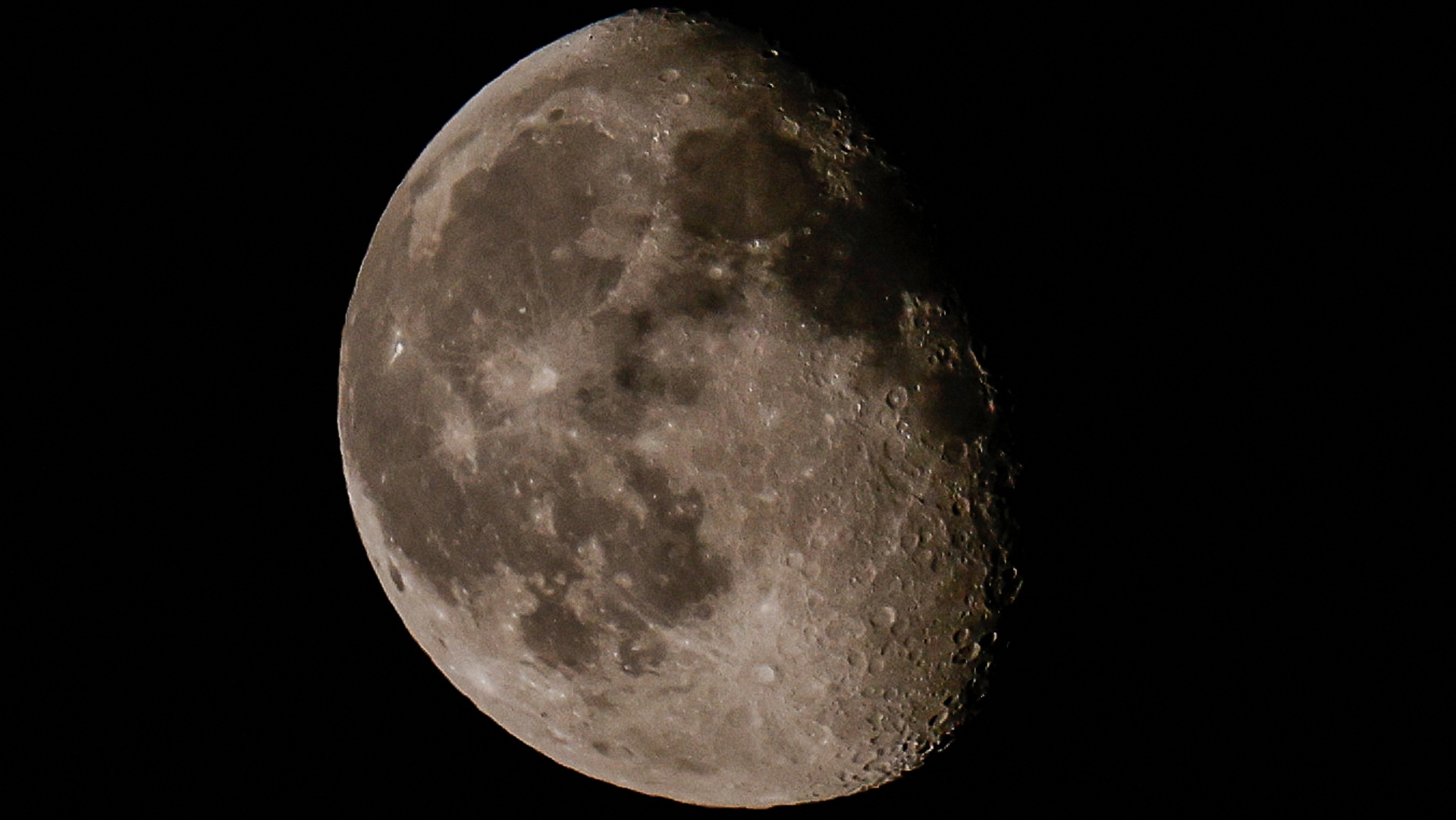NASA's Return to Flight on Track, Shuttle Officials Say
NASA is close to meeting all of the return-to-flight safety requirements set by Columbia accident investigators and should be able to launch a shuttle by May 2005, shuttle program officials said today.
"I am confident we can launch in the May to June timeframe," said Bill Parsons, space shuttle program manager, during a briefing with reporters. "We're really looking forward to that...I think everyone is ready for that launch."
Also today, NASA released the latest report on its return-to-flight progress, a 268-page document that states the agency has addressed the 10 remaining issues laid out by the Columbia Accident Investigation board (CAIB) last year. The work will be forwarded to an independent task group for review.
That task group, led by veteran astronauts Thomas Stafford and Richard Covey, is expected to evaluate NASA's latest return-to-flight progress in upcoming weeks and hold a public meeting on Dec. 16. NASA already addressed five other CAIB recommendations earlier this year.
"We have a good plan, an excellent plan, in place," said John Casper, NASA manger of space shuttle management integration and planning, of NASA's return-to-flight during the briefing.
NASA's three remaining space shuttles have been grounded since Feb. 1, 2003, when the shuttle Columbia broke up over Texas during reentry killing its seven-astronaut crew.
Shuttle program officials are currently targeting a daytime launch window between May 12 and June 3 for the next mission, STS-114 aboard the shuttle Discovery. The flight is expected to test new hardware and procedures for in-flight orbiter inspection, as well as rendezvous with the International Space Station (ISS) to deliver fresh supplies and equipment.
Breaking space news, the latest updates on rocket launches, skywatching events and more!
Still more work needed
Some aspects of NASA's shuttle program still need more work, such as plans to develop in-orbit techniques to repair heat-resistant tiles and the reinforced carbon carbon (RCC) panels along wing leading edges that protect shuttles from the searing heat of reentry.
"Right at this moment we're still working on the technical details on how to do tile and RCC repair," Parsons said, adding that additional thermal protection system tests are set for this week. "We think there are some issues to be resolved."
Tests with tile repair methods found that the putty-like substance astronauts would use to attach replacement tiles to the shuttle tends to bubble and foam in vacuum, which could leave unwanted voids between the tile and spacecraft skin.
But having a proven method of to repair RCC panel repair is not a set requirement for the first return-to-flight mission, and Parsons said that the Discovery crew will have at least some processes to draw on should it become necessary. In-flight tile repair tests in the shuttle's payload bay are also planned for the mission, he added.
"Our goal is to have the maximum amount of repair capability," said Wayne Hale, deputy space shuttle program manager. "It is going to be a continually evolving thing."
Returning to flight
Among the features of the upcoming flight is a new foamless bipod fitting that connects Discovery to its external tank. During Columbia's launch, insulating foam from its own bipod fitting broke off and damaged the shuttle's left wing, allowing hot gases to enter the wing during reentry and destroy the spacecraft.
Discovery's next flight will also mark the first flight of a sensor system to measure temperature and impacts on wing leading edges, as well as an orbital boom to allow astronauts to examine the shuttle's undercarriage in Earth orbit.
"It's not just a stick," Hale said of the 50-foot boom, adding that it will sweep the ship with two tip-mounted sensors to look for problem areas.
Meanwhile, engineers at NASA's Kennedy Space Center in Cape Canaveral, Florida have begun assembling the twin solid rocket boosters that will launch Discovery into space. The shuttle's main engines are also expected to be attached to the orbiter soon and the mission's external tank, which holds the critical fuel for the mission's ascent, is expected to be shipped to KSC around Dec. 31.
"We're looking forward to return to flight," Parsons added. "We think we've turned a corner."

Tariq is the award-winning Editor-in-Chief of Space.com and joined the team in 2001. He covers human spaceflight, as well as skywatching and entertainment. He became Space.com's Editor-in-Chief in 2019. Before joining Space.com, Tariq was a staff reporter for The Los Angeles Times covering education and city beats in La Habra, Fullerton and Huntington Beach. He's a recipient of the 2022 Harry Kolcum Award for excellence in space reporting and the 2025 Space Pioneer Award from the National Space Society. He is an Eagle Scout and Space Camp alum with journalism degrees from the USC and NYU. You can find Tariq at Space.com and as the co-host to the This Week In Space podcast on the TWiT network. To see his latest project, you can follow Tariq on Twitter @tariqjmalik.
